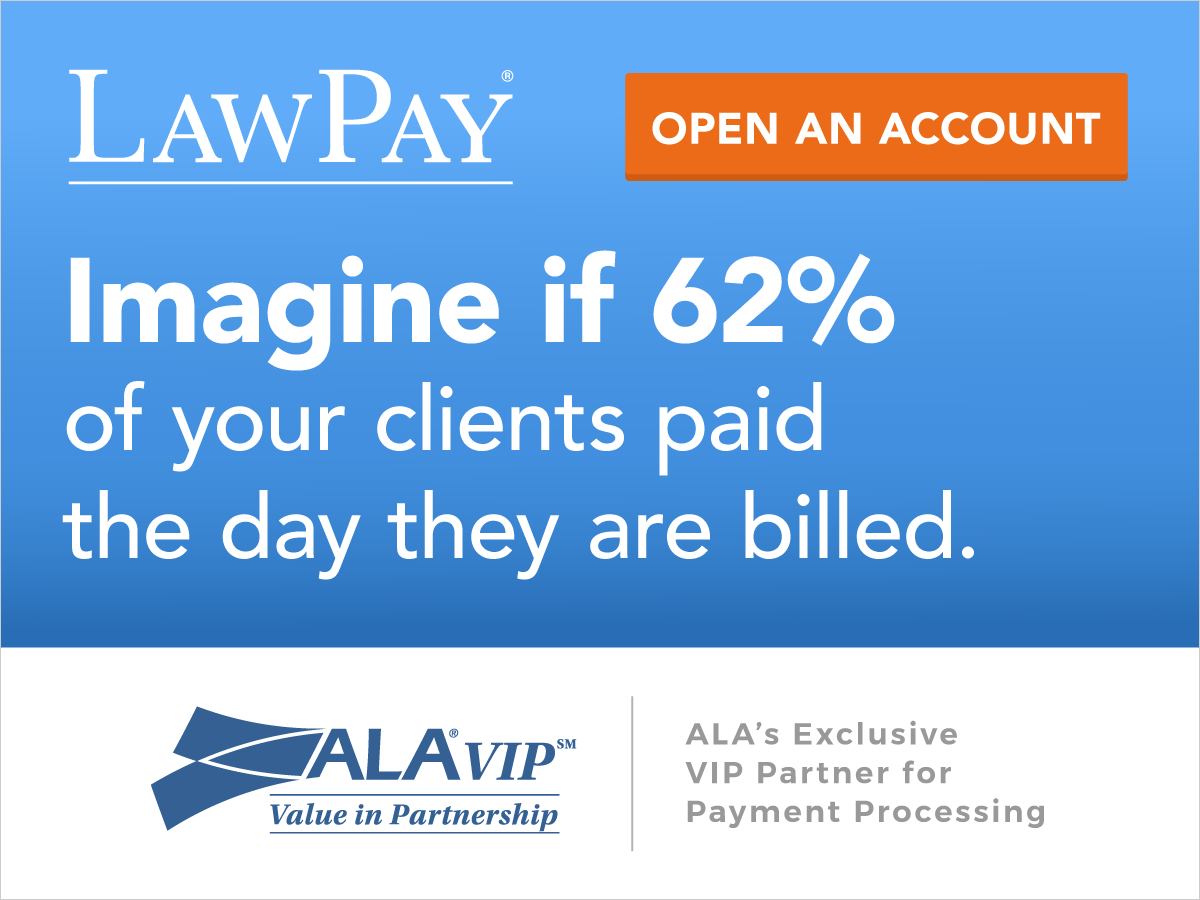The technology has actually been in use for years. It came on the scene early on for the e-discovery process and now assists in a growing number of legal functions, including due diligence contract review, says Daniel W. Linna Jr., Senior Lecturer and Director of Law and Technology Initiatives at the Northwestern Pritzker School of Law and McCormick School of Engineering.
“Tools developed for e-discovery are also useful in that context, and we’re seeing more use of machine learning tools to assist for drafting things in the litigation process, as well,” Linna says. “There’s really been an explosion in thinking about how to use the technology.”
AI and machine learning algorithms, according to Bloomberg’s survey, are most often used in legal research technology, followed by e-discovery, document review, drafting, contract management and litigation analysis.
While AI use may seem ubiquitous within firms, at the same time, it can be fairly imperceptible. Employees might know it’s involved in some of the solutions they use for tasks like drafting a complaint — but may not actually be aware AI also comes into play in other functions.
“We’re all familiar with spam filters on our email, and we probably use email software that [gives] auto suggestions. We don’t stop to think, ‘That's AI behind that,’” Linna says. “For a document management system, when you’re trying to find knowledge in a repository, there’s almost certainly AI that is supplementing the process in different ways — but it’s not necessarily apparent. It’s just helping to solve the problems and feeding information forward.”
PARING DOWN AND PARSING INFORMATION
While some law firms and legal departments are interested in and experimenting with AI solutions, a number still manually read contracts, says Jerry Ting, a Harvard Law School graduate and Founder and Chief Executive Officer (CEO) of the contract management platform Evisort, which leverages proprietary AI that understands meaning and context in legal language.
“It just feels really inefficient,” Ting says. “If you use AI and more advanced forms of technology, you can augment — not automate — a good portion of that so lawyers can do what they’re actually meant to do: be an advocate, counselor and strategic adviser.”
“While some law firms and legal departments are interested in and experimenting with AI solutions, a number still manually read contracts.”
Providers such as Reveal, which offers an e-discovery solution that encompasses processing, early case assessment, AI and review functionality capabilities, enable firms to minimize the amount of data they’re looking at — which can be crucial given the amount, says Wendell Jisa, Reveal’s CEO and Founder.
“The way data has grown, you’re now taOking about terabytes — millions of documents,” Jisa says. “It’s just not humanly impossible to be able to sift through those amounts of data without AI. Automation is coming much faster than people think. It’s happening today; we’re [working] with multiple law firms to build out different types of features and functions they could use internally.”
Global law firm Pillsbury Winthrop Shaw Pittman LLP began using Reveal’s complete platform in 2020 and hopes to eventually use it to build conceptual models that can be leveraged to flag certain types of content from one case to the next. They began exploring ways it could enhance OpenText’s Axcelerate platform, which the firm had already been using for several years, according to Partner David Stanton.
“We had some creative ideas about how to use AI in various ways,” Stanton says. “We have these big collections of tens of thousands of documents that need to be reviewed. That emerged into a license for OpenText’s Magellan platform, an industrial-grade AI tool meant for big data analytics. It wasn’t an out-of-the-box solution designed for use in the legal market; we were confident we could build applications to run inside of Magellan.”
The firm, which around 2019 rebuilt some of those applications in an Amazon Web Services environment, has created functionality that can establish a model from the documents you’ve marked as relevant to the case and will suggest certain documents do — or don’t — fall within that model.
“It’s not just limited to search terms; it will know the difference between a latex and baseball glove by context,” Stanton says. “It allows us to more quickly identify what’s likely to be relevant [and] look at those documents first without having to look at all the documents. That ability to put legal minds on relevant documents and stop having clients spend so much money on having to weed out junk is where the most significant savings in the workflows I oversee are realized.”
“The shift to AI-powered processes likely won’t replace the need for humans to perform legal work. The technology may, however, enhance roles and possibly create new ones within the industry to help position firms to take advantage of AI’s full capabilities.”
Stanton also feels that a tool the firm has been developing to review emails and other documents during discovery shows promise. It would provide attorneys with a clearer sense of when conversations took place and help put the narrative of a case together.
“The idea is to deconstruct those communications and put them in a chronological sequence,” he says. “Once you’ve identified a set of key documents, you can basically have the system digest that information down to a cogent timeline of substantive communications that went back and forth. The amount of deduplication and clutter you can pull out of those data sets is enormous. Routinely, 70% to 80% of the content drops out. It makes the real facts of the case more accessible much earlier.”
CONFORMING TO CLIENT GUIDELINES
Counterparties in transactional matters involving Chapman and Cutler LLP’s clients frequently pay the legal fees — so the firm's clients aren't always as interested in efficiency as other clients might be, according to Eric Wood, the firm’s Practice Innovations and Technology Partner.
The six-office firm, though, saw AI could offer opportunities internally to decrease time, costs and possibly the way matters are priced. So it began using Kira, a contract analysis tool, several years ago, Wood says. The solution came pretrained for several legal concepts and documents but could also learn a firm’s models using specific examples of legal text.
The firm’s AI use has allowed it to create a new business line that involves attorneys and contract specialists, college graduates who are part of the firm’s law school program, reviewing high-volume contracts like nondisclosure agreements (NDAs) for clients — work, Wood says, that Chapman typically wouldn’t do.
Instead of accessing Kira directly, reviewers use software the firm built to send documents to the tool for AI analysis.
A document may, for instance, be run against a review checklist of items a client wants in every contract, such as indemnification provisions being removed. Kira is trained to identify text associated with those items; the reviewer can click on any issues indicated in the checklist to navigate to that text in Microsoft Word.
“We found people didn’t want to go to another platform,” Wood says. “They’re used to the environment they work in every day, which is largely Outlook and Word. We basically built our own solution that uses Kira as background technology. It saves a lot of time for the reviewers, having to see whether or not something exists in a contract or meets the clients’ standard. Review times sped up by 25% to 30% once we connected Kira to Word.”
ENRICHING LEGAL SERVICES
The shift to AI-powered processes likely won’t replace the need for humans to perform legal work. The technology may, however, enhance roles and possibly create new ones within the industry to help position firms to take advantage of AI’s full capabilities.
“More and more, firms are hiring data scientists,” Linna says. “Not just to be able to forecast how much a matter is going to cost. It’s also if I’ve been sued and the lawyer says our strategy is to file a motion to dismiss, we can use data to understand what’s our likelihood of success. We need data scientists who can analyze that data and develop those models and predictions, and lawyers to explain it to clients in a way the data can help inform [their] decisions.”
“The firm has created functionality that can establish a model from the documents you’ve marked as relevant to the case and will suggest certain documents do — or don’t — fall within that model.”
The greater emphasis clients have placed on both cost and value since the Great Recession may remain a focus for many. By tapping into AI-fueled technology, law firms could potentially be able to reduce the time involved in tasks.
Some are also taking additional AI-related steps, Ting says, such as forming analytics groups to show clients they’re using a smart approach to completing work — not just throwing bodies at billable hours.
“It’s become a buyers’ market,” Ting says. “There are so many competitors to law firms. When they’re bidding for a piece of work, they try to bring automation as a piece of their pitch and say, ‘Hey, we’re not the cheapest option, but we try to reduce 40% of lower junior associate work and not bill that to you by using high automation workflow tools,’ and pass the savings on to the client. Ones that don’t do that will be left behind.”


